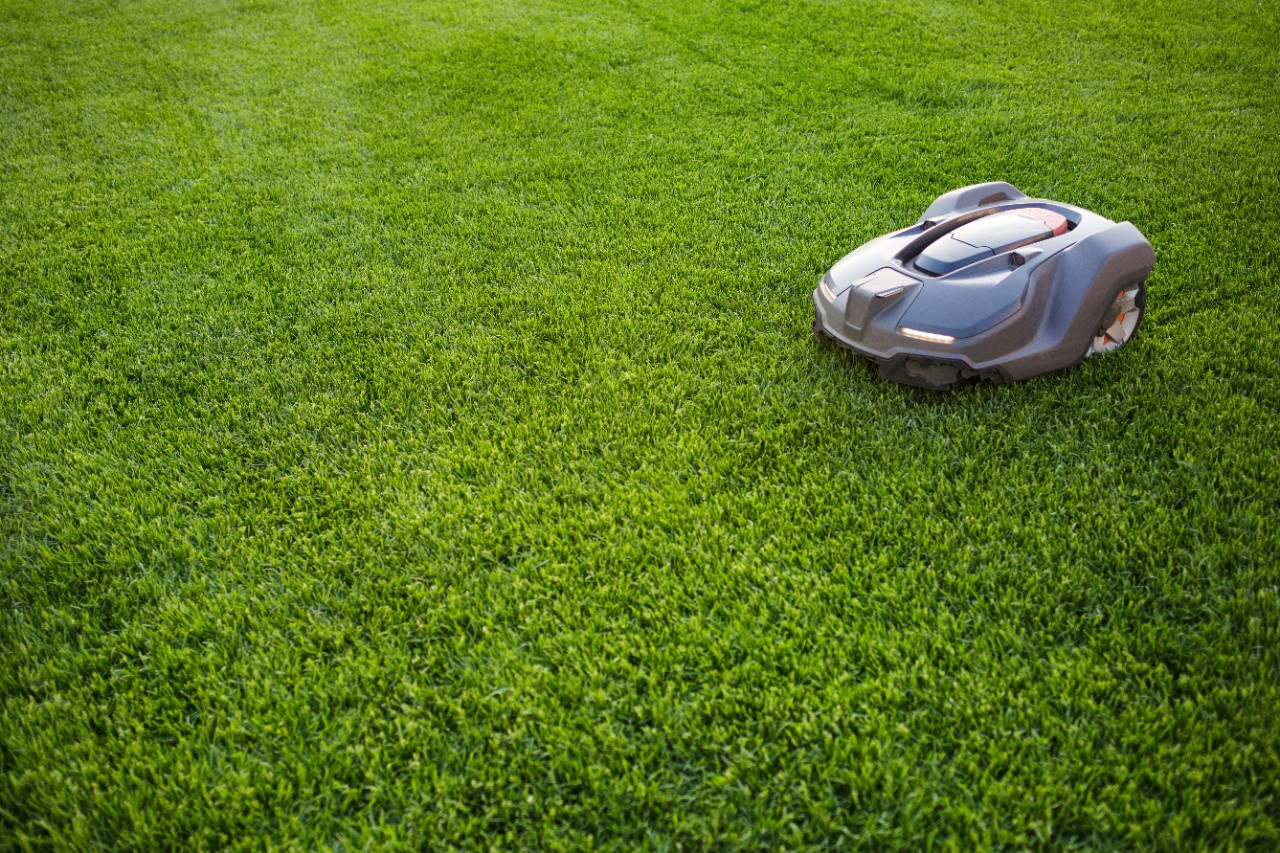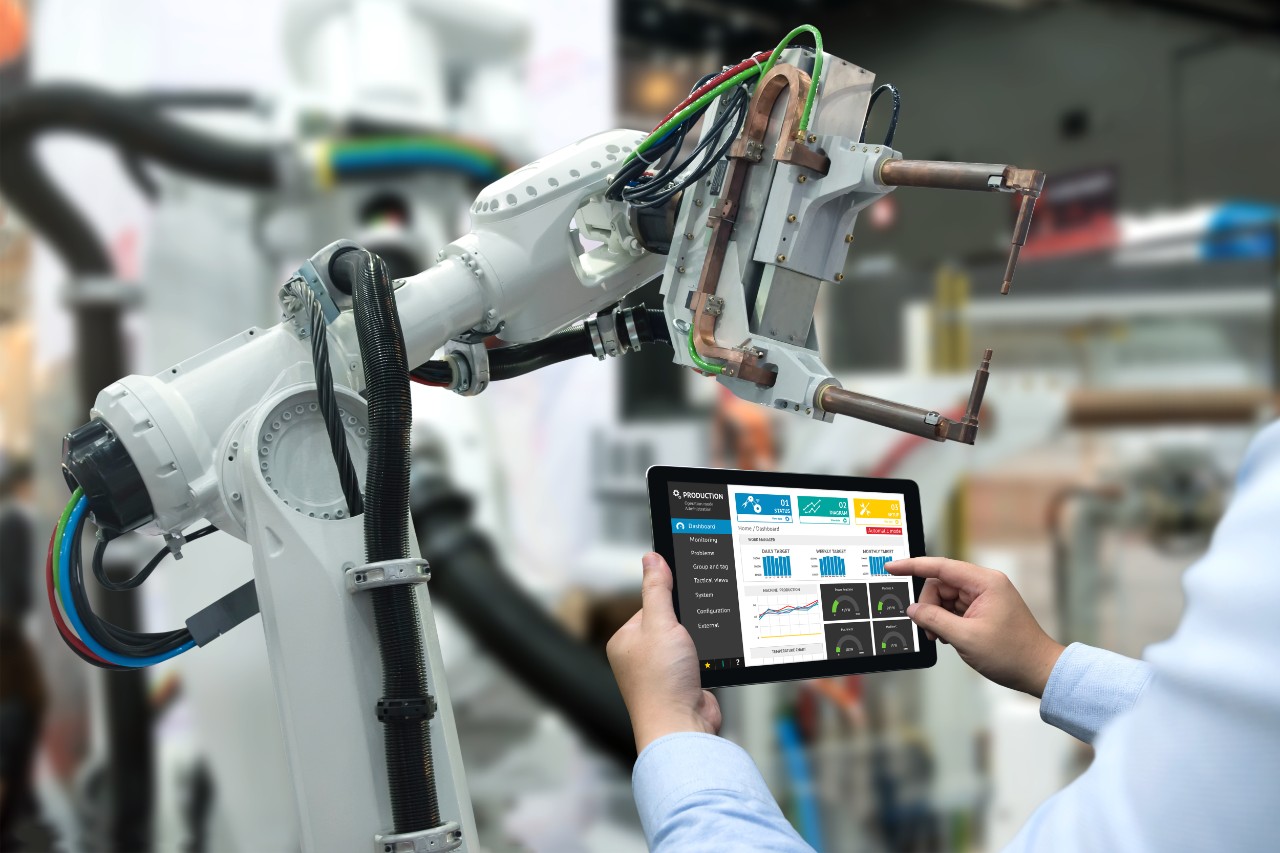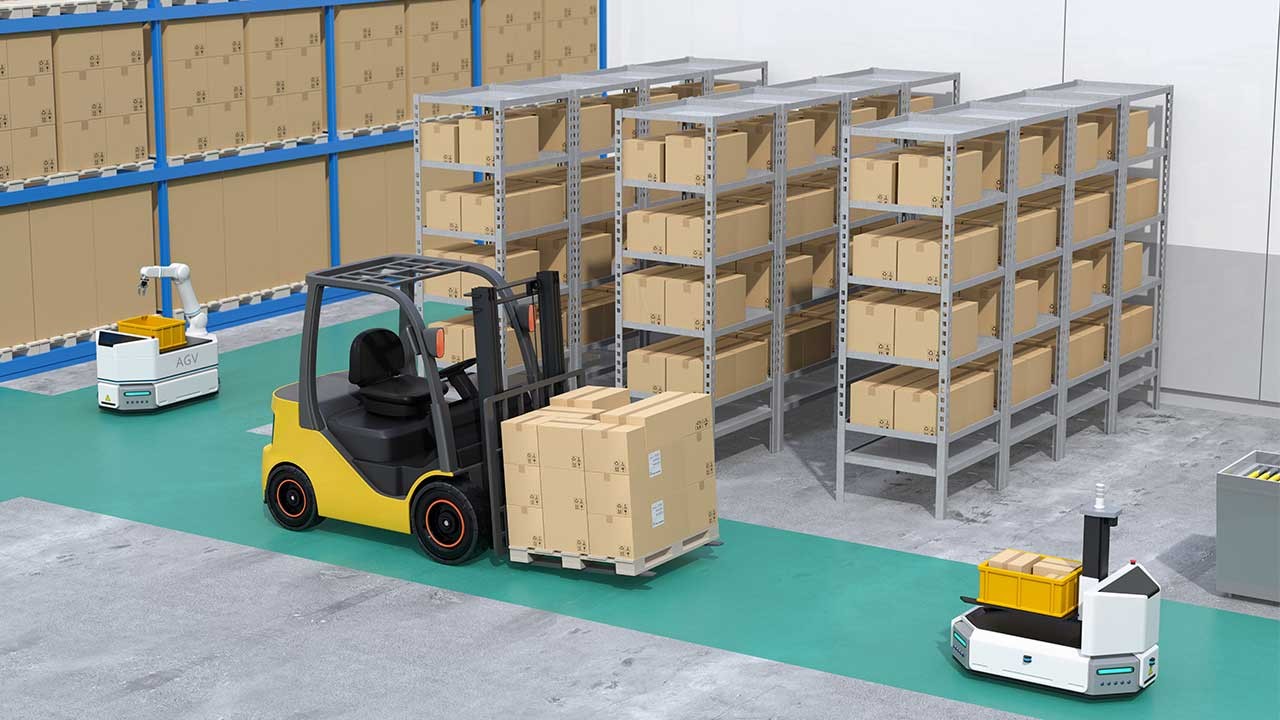SWRA768 March 2023 IWRL6432 , IWRL6432AOP
Application of mmwave Radar Sensors for Personal Electronics
60GHz mmWave radar sensor are starting to be considered for sensing applications in personal electronics market. This is all made possible due to the recent developments in radar technology, including smaller form factor with high integration, lower power consumption and optimized system design. Now let’s look at how radar can play in this highly visible stage.
The first application is laptop and PC’s (Personal Computers). Power savings for laptop/PC is a key requirement from user’s perspective. Ideally, the computer should hibernate automatically to save power, if the user is not present in front of the computer. This can be accomplished by configuring the PC with a clock to enter sleep state, or hibernate, if no activity for the period of time. This clearly is not an efficient way. 60Ghz mmWave sensors installed behind the screen panel can add value by detecting the presence/absence of the user in front of the screen to go to sleep state. Meanwhile, the same sensor can also be used for gesture recognition to enable various functions like adjusting volume, flipping pages/screens, and turning on/off some applications. This touchless control is especially useful during presentations when the user is far away from the keyboard. Further, this sensor can also be used for onlooker detection, especially when the user is working on sensitive information. Radar can effectively detect if a second person is passing by the computer and hovering around.
The second application is speaker and headset. Radar can bring touchless user interface with gesture recognition to turn on/off the speaker, volume control, and navigate through playlists. Moreover, since radar can accurately localize people’s location, the sound wave can be sent only in the direction of human’s presence, which greatly enhances user experience. On the other hand, the device causes less noise to the direction in which the same sound is not preferred. Radar is like a “sound flashlight” thrown in the air by the directional speaker. For wireless headset, a common experience is that when the user adjusts the headset position in the ear, a light touch on the surface can cause mistaken operation. With mmWave sensor, all the control instructions can be sent with gesture. The similar features can be introduced to cellphones, smart watches, gaming controllers, etc.
The third application is smart TV. mmWave sensors can detect the presence of people in front of the TV, so the TV can turn to low power mode automatically when no one is in front. Further, the localization information of the viewer including distance and angle can be utilized to optimize the visual and audio quality automatically to improve the user experience, regardless the viewer’s position in the room.

Application of mmWave Radar Sensors for Smart Homes
mmWave radar sensor can make your home smarter. Let’s take a virtual tour and see how radar bring efficiency to your homes. As you approach the door, the doorbell with radar can detect the human presence and wake up the camera to finish identification check. The door can automatically open if passing ID verification. Once you enter the room, the lighting system and air conditioner can be turned on automatically in that specific room without touching a bottom. You can even choose to let the air flow from air conditioner to follow your location in the room if more cooling is preferred. When you sit down to read, the reading lights can sense your location and sitting height. The light can automatically turn on and adjust the brightness as well as height according to your position. At night, when you fall asleep, the light turns off automatically, and the air conditioner adjusts the wind speed and temperature to a sleep mode for more comfort. Now you can choose to let the air flow from AC to avoid your bed and prevent catching a cold. This feature is very helpful especially for young kids sleeping in a separate room. During sleep, radar can capture your sleep quality information in terms breathing/heart rate, times to turn over, and duration of different sleep stages. This information can be good indicator of your health conditions.
Application of mmWave Radar Sensors for Patient and Elderly Care
Elderly care with less human intervention has become an emerging market as life expectancy is increasing worldwide. Cameras cannot be widely deployed due to privacy issues and restrictions to lighting conditions. mmWave radar is a fit for such kind of application thanks to radar's natural advantages.
According to CDC, millions of older people (older than 65) fall. One out of five falls causes a serious injury that requires urgent care. If the fall accident cannot be reported on time, the people in this fall accident can miss the best treatment timing window. mmWave radar can reliably detect rich velocity information that contains unique features related to a fall accident. This fall detection decision can be sent to health care staff and immediate action can be taken without delay. Since radar does not have any privacy issue, radar can be deployed in any room at home as needed, such as a living room, bedroom, or bath room.
Contactless vital sign monitoring during sleep is also preferred among senior people for better convenience and comfort. Any contact-based monitoring sensors can interfere one’s sleep and thus reduce sleep quality. Thanks to radar’s high sensitivity to distance change, radar can detect a person’s chest movement due to heart beat and breathing. As a result, radar can be installed in the bed area and monitor the person’s vital information, including breathing rate, heart rate, blood pressure, sleep quality. Radar can also precisely tell the location of the person in the room if close monitoring is needed by healthcare providers.
 Figure 1-2 Radar Health Monitoring
Figure 1-2 Radar Health MonitoringApplication of mmWave Radar Sensors for Factory Automation
Radar sensors can make factories more efficient and reduce the labor cost by making the interaction between humans and machine more efficient, safer and intelligent. In a manufacturing facility, mmWave radar sensor has been used in collaborative robotic arms to precisely define a safe working zone and avoid any collision accident. Inside big warehouses or retail supermarkets, radar sensors can be installed on the logistic robots for order pickup and inventory delivery with self-navigation feature. Radar can also be used for driverless forklifts for loading and unloading pallets.
In the outdoor space, radar can be used by the last-mile delivery robots. Radar can greatly enhance the delivery efficiency without human involvement door to door. Radar is also a smart fit in construction vehicles which are typically working in a harsh environment with lots of dust. With assistance of radar, these construction vehicles can be operated safely and autonomously. Robotic lawn mowers are another application where radar can add lot of value. Detecting the obstacles such as tree branches and small animals help the lawn mower navigate intelligently.
 Figure 1-3 Robot Lawn
Mower
Figure 1-3 Robot Lawn
Mower |
 Figure 1-4 Robot
Arm
Figure 1-4 Robot
Arm |
 Figure 1-5 Automated
Factory
Figure 1-5 Automated
Factory |
Summary
60GHz mmWave radar sensors have unique advantages including high sensitivity of motion detection, robustness in all weather conditions, no privacy issues, and detectability behind cover. These advantages enable new opportunities in various industrial and personal electronics markets, smarter homes, and patient/elderly care. TI’s IWRL6432 device is a low power and low cost SoC answer to make mmWave radar design easier and pave the way for users to rapidly adopt this new sensing modality.